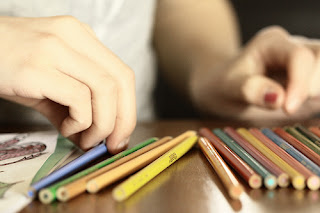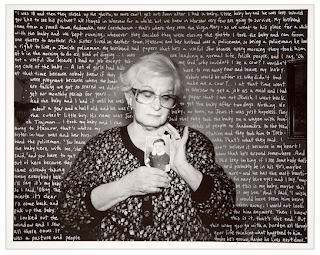Idea Post #7: Spring Semester
Thursday, March 31, 2011
Music
Quotes:
"Music helps to relax you and your child and can improve his memory development and sensory coordination."
Source: http://www.child-development-guide.com/music-and-child-development.html
"There are many benefits of surrounding your child with music. Music assists in the development of his speech. Singing nursery rhymes and simple songs teaches him how language is constructed and assists with the acquisition of language. Singing songs with him will also teach him about tone, beat and rhythm."
Source: http://www.child-development-guide.com/music-and-child-development.html
Annotated Bibliography: Greenberg, M. "The Development and Evaluation of a Preschool Music Curriculum for Preschool and Headstart Children." Psychology of Music, 2:1 (1974): 34-38.
I was led to this source through a few scholarly journal articles about the effects of music played to children at an early age. This source talks about just that. It shows examples of what effects music can have on young children around ages of 3 to 5 years old.
Relation: I have recently been interested on other types of media that affect children at a pivotal age.
In general, I have been talking about media and indirect influence as a whole, but I have decided to look into more specific types of things that affect a child growing up. Music is something that affects a child as early as in the womb and there are plenty of articles written on the effects.
In general, I have been talking about media and indirect influence as a whole, but I have decided to look into more specific types of things that affect a child growing up. Music is something that affects a child as early as in the womb and there are plenty of articles written on the effects.















